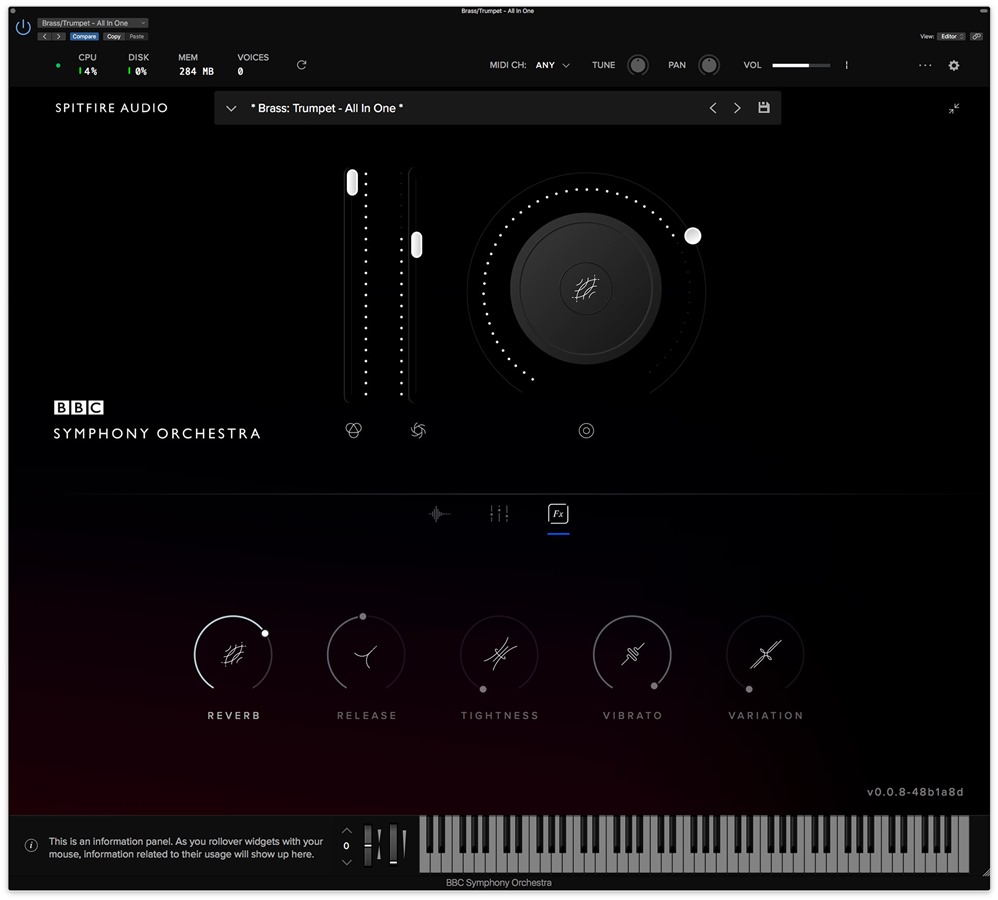Totally with you @medhathanbali,
for me it’s just another orchestral library, nothing special I could find about it, even 600GB don’t impress me…most of content are the mics… (Eastwest had it already years ago). In my opinion not the size and 1000s mic-positions are important, it’s about the flexibly first of all. What I really found interesting was the concept of “Sonokinetic”. They have lot’s of libraries as well, but each library focus on different musical aspects. For example: runs / fx etc. yes, other libraries has runs & fx as well, but it’s a library which basically has them all and you can combine basically “anything with everything” (super flexibly construction kit). The only point is, that like Spitfire, Sonokinetic has so many different libraries, you are “overwhelmed” and then when you buy something, you are like…“Oh, I need this as well…because this one doesn’t have this FX I want…”.
As a composer I would love to have this:
• I want to have one big library (everything recorded in one room, mic positions can be upgraded as you want)
• I want that it contains everything of everything (Orchestral instruments, fx, runs, solo-instruments etc. it would be a lot of content, it SHOULD be a lot of content!
• Because of that huge amount of samples, it will be super big and expensive (that’s ok), but -->
• I want to have the possibility to buy for example the “starter pack”, and always be flexible to get the upgrades as I do have money
• I want that this library stays like it is for years to come, and if the recording / production team decides to do something new, they should update the library content and not produce just another “library” called “The best orchestral library we have ever build 2.0”…
Don’t get me wrong…Spitfire is great, I have Albion One and I deeply love it, actually it was the first library where I was stunned by the sound, but you pay like 500$ to get this one, then they record a new one “XY” and you like “maaaan, I want to have it”, because of this this this, but that strings, brass what ever, you already have it and you buy another one for 500$ just because of “the super-true-legato-feature”??? For me it’s non-sense.
They should build a library, which is like a construction kit and you can always upgrade as everything else we do in life. At the moment the politics are like Apple and Co…we know that the next month we have a new iPhone…I like Apple, don’t get me wrong once again, but I know a lot of people, who think the same way “It’s just another phone, we don’t need”…it’s nothing special anymore, because everyone can have it, even 10 year old boys in school have it. The same I see with Spitfire and Co. for years. You have tons of libraries, and by the end of the day, they are basically the same (only different sound).
By the way…the demo is nice, but I do believe they could have done it better (production-wise)…for example: in the beginning you hear the violins-triols, or ensemble doesn’t matter…for me it sounds sloppy, I have to guess what they play, because the samples don’t get synced well to the tempo, that’s what I hear. The brass is excellent, especially the low end. The production lacks dynamics as well. The composition is super great, but the production is not the same level, you see the screen as well, no plugins, sound muddy, lacks definition…a couple of colours, so nobody is lost. At times it sounds really “midi” for my ears. I remember when I heard some samples from “Orchestral Tools” on their site, I was stunned. Everything was on point, they said “we had this in mind”, and when you heard the tracks you are like “Hell yes! Superb stuff!”. If you present your new product and you say it sounds great from the beginning, when you press the first key on your keys, it’s not right. It will never be like this. Why? Take a professional cellist and give him a sheet music. He would need some time to learn it and play it as you want, even if he is a professional, it means he has experience and everything will be faster. The same with production. If you put more time in it, mix it / master it, it will be cleaner, better, livelier. As I know Spitfire, I think they’ve rushed with this one. What’s the point to present something, when it’s not done yet? For me it’s just like sending a demo to a client and say “Dude, this is what I’ve done…”, but to be honest, I’ve just invested 5 hours in it, but I know I need 3 days to finish it more or less.
Take care guys,
Alexey (JLX)



 you guys are awesome!!
you guys are awesome!!
 so I’m second guessing my previous statement as we speak
so I’m second guessing my previous statement as we speak 